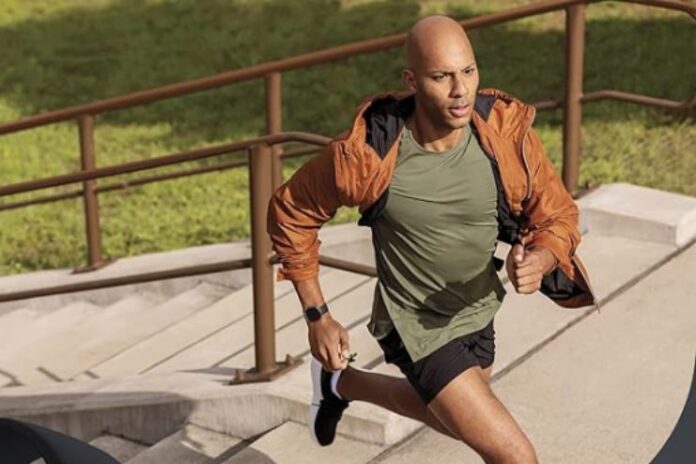What if your watch could tell you when to push yourself a little harder or when to rest?
The most advanced yet simple step-counting wearable technology has evolved into innovative fitness technology.
It shows workout activity in real time, measures heart rate variability, and provides an equally detailed recovery assessment—all on a wrist or finger.
WHOOP, Apple Watch, and Oura Ring are some of the new-age tracking wearables that have helped athletes and serious fitness fanatics rethink their workout routines. They capture more than just the daily count of steps or calories burned while exercising. They provide real-time metrics for honing performance, avoiding overtraining, and balancing exercise recovery, from heart rate zones to sleep stages.
This article shows how these wearable insights into performance are transforming fitness by tracking efficiencies, monitoring recovery, and providing more informed choices for a sustainable, healthier lifestyle.
Also, Read: 8 Fashionable Fitness Gear Must-Haves for Active Women
How Wearables Work: The Tech Behind the Trends
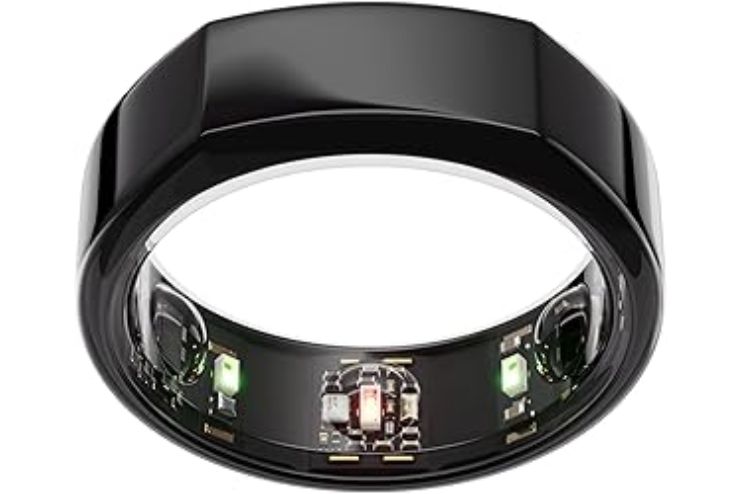
Modern wearables have advanced sensors and algorithms that monitor various health and fitness metrics. Examples include:
- Heart Rate: Measures how fast your heart beats during activity and rest.
- Heart Rate Variability: The variation between heartbeats is analyzed to assess recovery, stress levels, and readiness.
- Blood Oxygen (SpO₂): Monitoring oxygen saturation in blood can help gauge respiratory health and workout intensity.
- Skin Temperature: Detects minute changes that might indicate fatigue, illness, or recovery status.
- Sleep Quality: Different sleep stages (REM, deep, and light sleep) are tracked to measure restfulness and recovery.
- Respiratory Rate: Breathing patterns are measured, especially during sleep or heavy exertion.
- Strain and Stress Scores: Calculate the daily burden of activity and physical stress to achieve a balance between training and recovery.
Data collected from wearables syncs in real time to companion apps and dashboards, through which each user receives customized information to optimize performance, monitor recovery, and attain holistic health.
Monitoring Workout Efficiency in Real Time
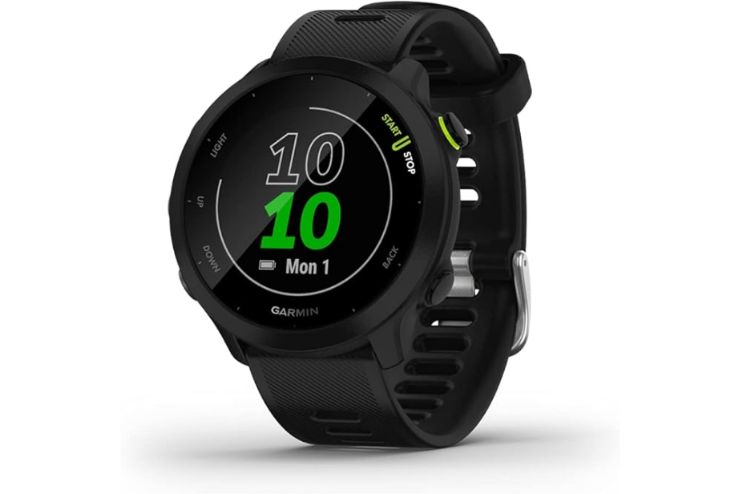
Wearables play their role in the following ways:
- Heart Rate Zones: Wearables monitor heart rates in real time to provide insight into whether training occurs in an aerobic or anaerobic zone. This insight is important for the detailed construction of specific workouts like HIIT, endurance training, or fat-burning sessions.
- VO₂ Max Estimates: Numerous cutting-edge devices offer VO₂ max estimates, a major determinant of cardiovascular fitness and oxygen utilization. This data is invaluable for elite athletes to track progress over time and tailor it to maximize their gains.
- Calorie Burn and Step Tracking: Wearables analyze various movements to determine how many calories are burned, thereby tracking the steps taken daily. This information is useful for maintaining daily activity goals and ensuring workout consistency.
- Real-Time Coaching and Form Cues: Certain wearables, in conjunction with AI-powered apps like Apple Watch, Garmin, and WHOOP, provide real-time coaching. Instant feedback on effort and pace, where appropriate, allows users to train smarter and mitigate the risk of injury.
The Recovery Revolution: How Wearables Detect When You Should Rest
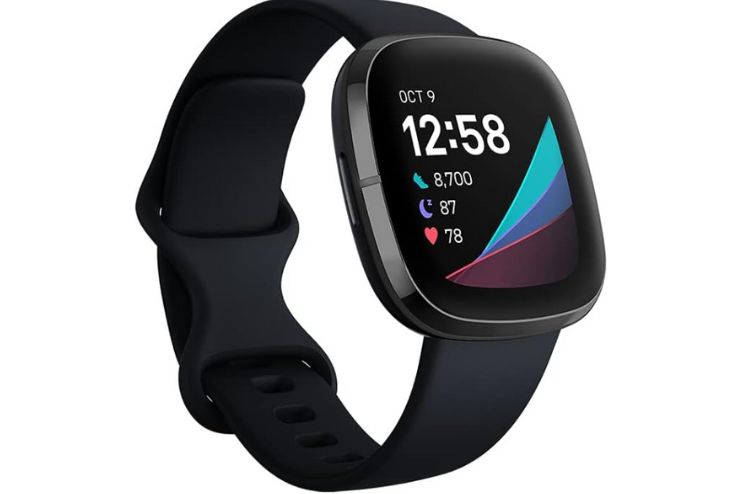
- Heart Rate Variability (HRV): HRV is an important metric for identifying states of balance and readiness in the nervous system.
- Low HRV may indicate recovery needs in the body.
- High HRV indicates the body is prepared for performance.
- Sleep Quality & Duration: Wearables track the stages of REM, deep, and light sleep to provide an accurate view of restfulness.
- Poor sleep may result in adjustments to the workout program for the following day, ensuring optimal recovery.
- Resting Heart Rate (RHR): An elevated resting heart rate may indicate fatigue, overtraining, or illness, explaining the need for rest and recovery.
- Strain & Recovery Scores: Devices like WHOOP and Oura provide daily recovery scores.
- These scores help determine whether to push for a hard session or focus on active recovery, balancing intensity and rest.
Popular Wearables Leading the Charge
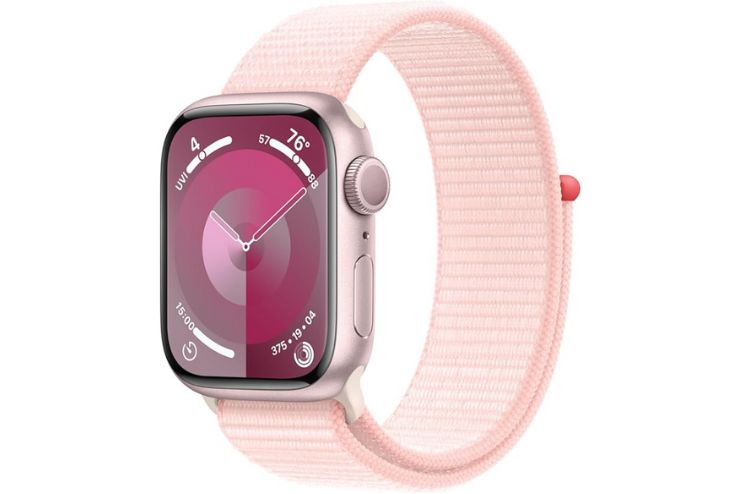
- Apple Watch Series 9: Offering the best in wellness, fitness, and heart monitoring, this slimline gadget is great for casual users and athletes alike who are looking for versatility in wearables.
- WHOOP 4.0: A subscription-based recovery tracker designed for elite athletes and fitness enthusiasts. The device offers daily recovery insights along with sleep and strain analysis.
- Oura Ring Gen 3: Light yet powerful, this sleep tracker provides recovery insights and wellness metrics in a discreet form factor. It is perfect for those who want a small, health-monitoring wearable.
- Garmin Forerunner/Fenix Series: Designed for those who push their limits outdoors, it features advanced GPS and performance analytics for tracking everything needed for training and recovery.
- Fitbit Sense/Charge 5: Entry-level wearables that track heart rate, stress, sleep, and activity; excellent for any beginner on their fitness journey.
Each wearable has distinctive capabilities catering to different athletes, helping anyone choose the right one based on their training and recovery needs.
Also, Read: Top Breathwork & HRV Monitors for Stress & Longevity
Real Benefits for Everyday Athletes
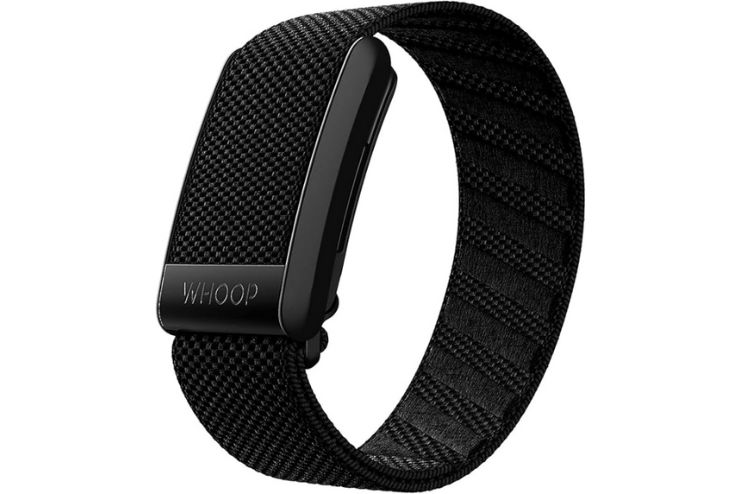
Wearables offer a plethora of advantages to help everyday athletes create an optimal and fulfilling fitness journey:
- Personalized Training Decisions: Wearables collect data that athletes can use to plan their workouts and daily routines, preventing burnout and improving performance over time.
- Monitoring Progress and Plateaus: By tracking long-term progress, they help identify plateaus, detect early signs of overtraining, and recognize when an athlete’s approach to fitness is unbalanced.
- Better Body Awareness: These gadgets empower users to be more aware of their bodies, helping them listen to their bodies ‘ demands for rest and exertion.
- Gamifying Fitness and Recovery: Wearables make fitness targets and recovery routines more game-like, boosting motivation and helping users stay committed to their programming while reaching milestones.
Limitations and Considerations

- Accuracy Variations: The accuracy of wearables can vary depending on factors like device placement, skin tone, and motion artifacts, which can sometimes lead to discrepancies in the data.
- Data Overload: Constant tracking and metrics analysis may lead to data overload, causing unnecessary anxiety or obsession with minor fluctuations, rather than focusing on progress.
- Not a Replacement for Self-Awareness or Medical Advice: Wearables should be used as a guide to enhance your fitness journey, but they should not replace self-awareness or professional medical advice when it comes to health decisions.
Conclusion
Previously, athletes used to train, rest, and recover following simple routines or difficult rationales. These days, with the introduction of wearable technology, athletes and fitness practitioners can adopt a more intelligent path to performance enhancement.
It is no longer merely about counting steps; wearables provide insights into heart rate, sleep, recovery, and several other areas, allowing users to initiate a well-balanced, sustainable path toward fitness. With real-time feedback, wearable devices make it easier to adjust workouts, monitor recovery, and reduce the chances of burnout, thus making every workout truly matter.
With an accelerated lifestyle in progress, knowing when to charge on and when to rest is becoming a powerful tool that supports long-term performance. Ultimately, wearable technology is about much more than just the data; it is really about giving people choices that lead to healthier and more productive fitness lifestyles.
References
- https://www.apple.com/healthcare/
- https://www.whoop.com/in/en/
- https://www.garmin.com/en-US/
- https://store.google.com/us/category/watches_trackers?hl=en-US
- https://www.apple.com/watch/
- https://ouraring.com/
- https://store.google.com/us/product/fitbit_charge_6?hl=en-US
- https://store.google.com/us/magazine/fitbit_technology?hl=en-US
In this Article















